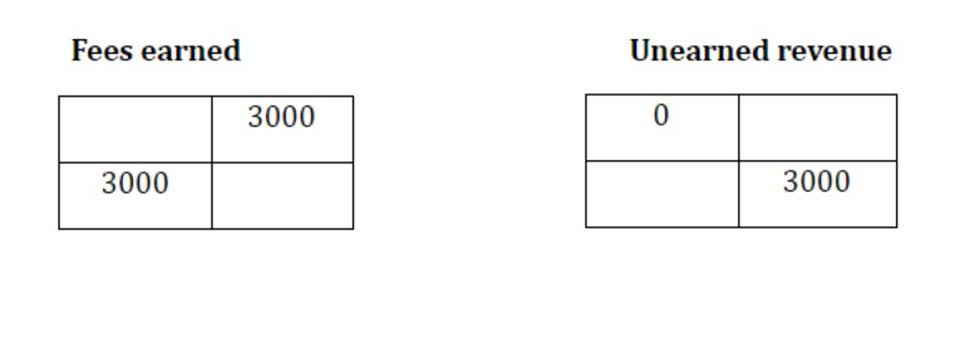
The expense recognition principle, also known as the matching principle, states that expenses should be recorded in the same period as the revenues they help generate. This ensures that financial statements accurately reflect a company’s profitability for a specific time period. Applying the expense recognition principle well balance sheet requires a thorough approach. Expense recognition is a fundamental aspect of financial accounting, essential for accurately portraying a company’s financial performance and health. By recognizing expenses in the appropriate accounting period, businesses can match costs with related revenues, providing a clearer picture of profitability.
Some Key Definitions Around Expense Recognition

Today’s companies rely on modern accounting software that handles much of the process for you. With the right tools, keeping your books entirely free of errors is possible. A close partner to the expense recognition principle is the revenue recognition principle.
- With a quick photo submission, Fyle automatically extracts data and matches it to the right transaction, saving hours of manual work.
- Some expenses clearly contribute to revenues, but recognizing them is difficult.
- When you keep meticulous records of your company’s financial transactions, you’ll find it easier to explain your company’s financial health to stakeholders.
- Training should include updates on relevant accounting standards, software training, and case studies to illustrate complex scenarios.
- SOPs should include step-by-step instructions for handling different types of expense and establish rules of making estimates, particularly in areas like depreciation and warranties.
Impact of the Expense Recognition Principle on Income Taxes

With accrual accounting, a business abides by the expense recognition principle and recognizes revenue and expenses in the same period. However, if a business recognizes expenses when they’re incurred, it’s using cash accounting. A fundamental concept of accrual accounting is where expenses are matched with the related Law Firm Accounts Receivable Management revenues in the same period.

Best Practices for Recognizing Expenses
- This approach provides a more accurate view of TechDev Co.’s profitability during the project.
- More importantly, tying these fixed costs to different sets of revenue is essentially impossible.
- It primarily follows the concept of accrual basis of accounting, which is commonly used in the organizations.
- Complex transactions often require segmentation of costs, making it challenging to recognize each expense accurately.
- Institutions like Harvard University follow this principle as seen in their expense policies.
The expense recognition principle states that expenses should be recognized in the same period as the revenues to which they relate. If this were not the case, expenses would likely be recognized as incurred, which might predate or follow the period in which the related amount of revenue is recognized. Under the cash basis of accounting, expense recognition principle definition expenses are recognized when they are paid for, which may not be in the same period as the related revenue. Expenses must be recorded in the same fiscal period as the revenues they help generate to comply with the accrual basis of accounting.
- It follows strict standards set by the Financial Accounting Standards Board (FASB) and is part of U.S.
- Our editorial team independently evaluates products based on thousands of hours of research.
- Non-operating expenses are costs that fall outside the primary activities of a business.
- If your company performs a sale and according to business policy you have to pay a commission for it, this is recorded as an expense the moment the sale happens.
- Accurate expense recognition is a linchpin in the reliability of financial statements.
The disciplined use of the expense recognition principle ensures compliance with international standards and maintains good tax relationships. While the cash basis may be simpler and more straightforward, it can result in distorted financial statements that do not accurately reflect a company’s financial performance. Proper expense recognition also ensures compliance with accounting standards and regulations, enhancing transparency and trust among stakeholders. In addition, it enables management to make informed decisions based on accurate financial data, guiding strategic planning and resource allocation. Alongside the expense recognition principle, revenue recognition is one of the core pillars of the accrual method of accounting. Under US GAAP, businesses must record revenues on their income statement in the period they were realized and earned.
AccountingTools

According to this principle, expenses should be recorded in the period in which they are incurred, regardless of when cash is paid or received. The goal is to match expenses with the revenues they help generate, resulting in a more accurate depiction of a company’s financial performance. Ensure that expenses are recognized consistently across reporting periods to facilitate comparability and accuracy in financial reporting. Also, establish clear policies and procedures for expense recognition within your organization. Document the criteria and rationale for recognizing expenses to promote transparency and consistency among accounting staff and stakeholders. This principle provides guidance to the management regarding how and when the revenue and expenses are to be matched.
